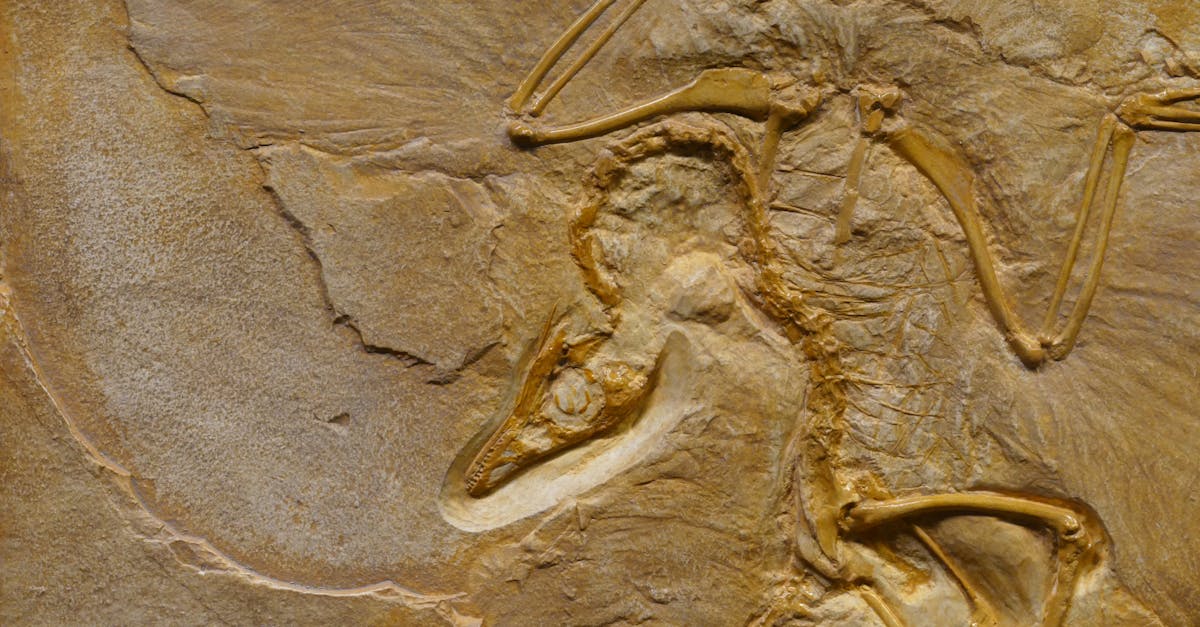The Megalodon, an ancient shark that roamed the oceans millions of years ago, is often brought into discussions regarding size, especially when compared to the modern blue whale, the largest animal on the planet today. This article dives deep into the comparison between these two colossal creatures, exploring their sizes, habitats, and more through a structured approach.
| Feature | Megalodon | Blue Whale |
|---|---|---|
| Length | Up to 60 feet (18 meters) | Up to 100 feet (30 meters) |
| Weight | Up to 70 tons | Up to 200 tons |
| Era | Miocene to Pliocene (23 to 2.6 million years ago) | Present |
| Diet | Carnivorous (primarily large marine mammals) | Filter feeder (krill and small fish) |
| Habitat | Warm, shallow seas | All oceans |
| Fossil Evidence | Teeth and vertebrae | Skull and bones |
| Reproductive Type | Viviparous (live births) | Viviparous (live births) |
| Swimming Ability | Fast swimmer (up to 25 mph) | Slow swimmer (up to 5 mph) |
| Conservation Status | Extinct | Endangered |
| First Described | 1843 | 1758 |
Length Comparison
The Megalodon could reach lengths of up to 60 feet (18 meters), making it one of the largest sharks in history. In comparison, the blue whale can grow even larger, reaching lengths of up to 100 feet (30 meters). This significant difference in length illustrates that while Megalodon was an enormous creature, the blue whale is even more massive in this regard.

Weight Analysis
When it comes to weight, Megalodon could weigh as much as 70 tons. However, the blue whale dwarfs this figure, with weights reaching up to 200 tons. This stark contrast highlights the blue whale’s status as the heaviest known animal to have ever existed, far surpassing the Megalodon’s weight.

Era of Existence
The Megalodon existed during the Miocene to Pliocene epochs, approximately 23 to 2.6 million years ago. On the other hand, blue whales are contemporary creatures, existing in today’s oceans. This temporal difference emphasizes that while Megalodon was a dominant predator of its time, it has long since been extinct.

Dietary Habits
Megalodon’s diet primarily consisted of large marine mammals, such as whales and seals, which it hunted with its powerful jaws. In contrast, blue whales are filter feeders, primarily consuming small shrimp-like animals called krill. This fundamental difference in diet highlights the ecological roles these two giants played in their respective environments.

Habitat Preferences
Megalodons thrived in warm, shallow seas, where they could easily hunt their prey. Blue whales, however, inhabit all oceans, showcasing their adaptability to various marine environments. This difference in habitat reflects the ecological niches each species occupied during their existence.

Fossil Evidence
The primary fossil evidence for Megalodon consists of its teeth and vertebrae, which are often found in sedimentary rock layers. Conversely, blue whale fossils include skulls and bones, which provide insights into their anatomy and evolution. The types of fossils available for each species illustrate the different ways scientists can study their biology and behavior.

Reproductive Methods
Both Megalodon and blue whales are viviparous, meaning they give birth to live young rather than laying eggs. This reproductive strategy is common among large marine animals, providing advantages in terms of survival and nurturing the young in a complex marine environment.

Swimming Abilities
Megalodon was a fast swimmer, capable of reaching speeds up to 25 mph, which would have helped it catch agile prey. In contrast, blue whales swim at much slower speeds, averaging around 5 mph. The swimming capabilities of these two giants reflect their predatory and feeding strategies, with Megalodon relying on speed and power, while blue whales are more about efficiency in filtering food.

Conservation Status
Megalodon is classified as extinct, having disappeared from the oceans millions of years ago. Blue whales, however, are currently listed as endangered due to threats from whaling, ship strikes, and climate change. This difference in conservation status underscores the importance of marine conservation efforts to protect existing species.

Historical Context
The Megalodon was first described in 1843, based on fossil evidence. Blue whales have been documented since the 18th century, with scientific descriptions dating back to 1758. Understanding the historical context of these creatures provides insights into how our perceptions of marine life have evolved over time.

FAQs
Are Megalodons still alive today?
The Megalodon is extinct and has not existed for millions of years. There are no credible scientific findings to suggest that Megalodons are still alive today.
What would happen if a Megalodon and a blue whale met?
If a Megalodon and a blue whale were to meet, it is likely that the Megalodon would view the blue whale as a potential prey item due to its carnivorous nature. However, since Megalodon is extinct, this scenario is purely hypothetical.
Can Megalodon teeth still be found today?
Yes, Megalodon teeth are often found in sedimentary deposits and can be unearthed in various locations around the world. These fossils provide valuable information about the size and behavior of this ancient predator.
How do blue whales communicate?
Blue whales communicate using low-frequency vocalizations that can travel long distances underwater. These calls are essential for mating and social interactions among individuals in the vast ocean.
What is the largest animal ever to exist?
The blue whale holds the title of the largest animal ever to exist, surpassing even the largest dinosaurs in size and weight.
References:
– National Oceanic and Atmospheric Administration (NOAA): [NOAA Fisheries](https://www.fisheries.noaa.gov/)
– Smithsonian Institution: [Smithsonian Ocean](https://ocean.si.edu/)
– American Museum of Natural History: [AMNH](https://www.amnh.org/)
